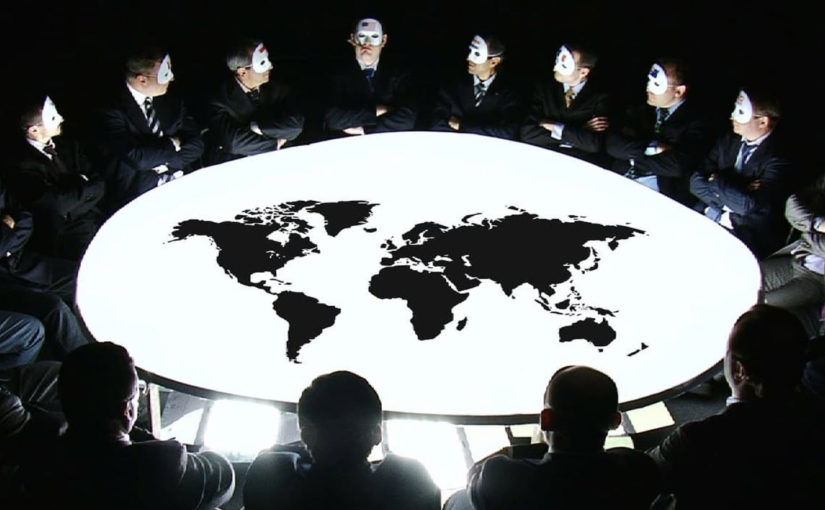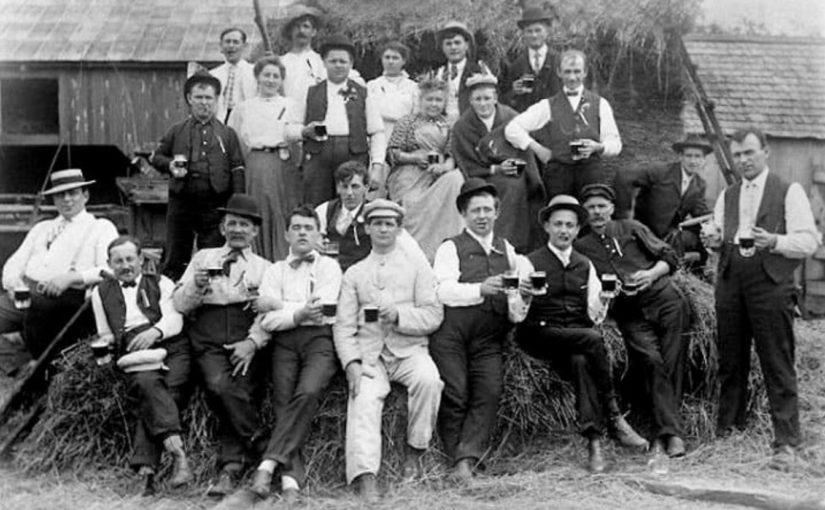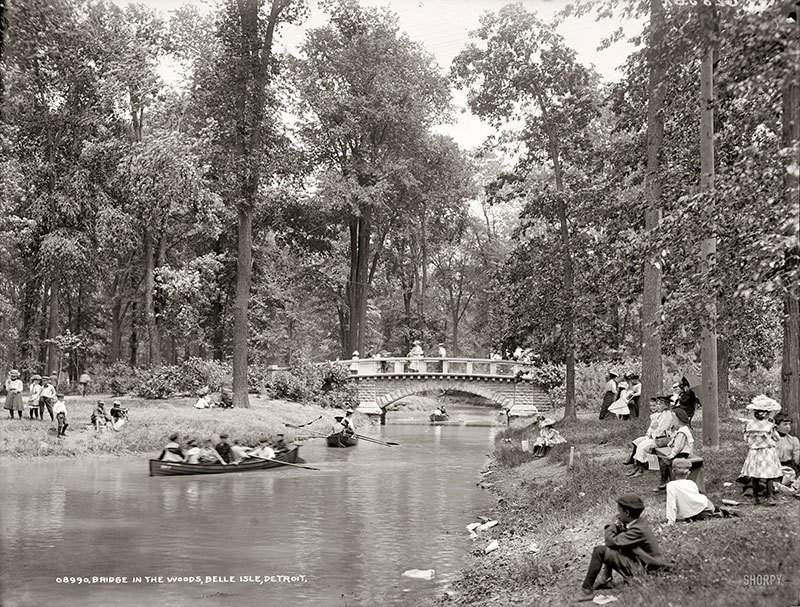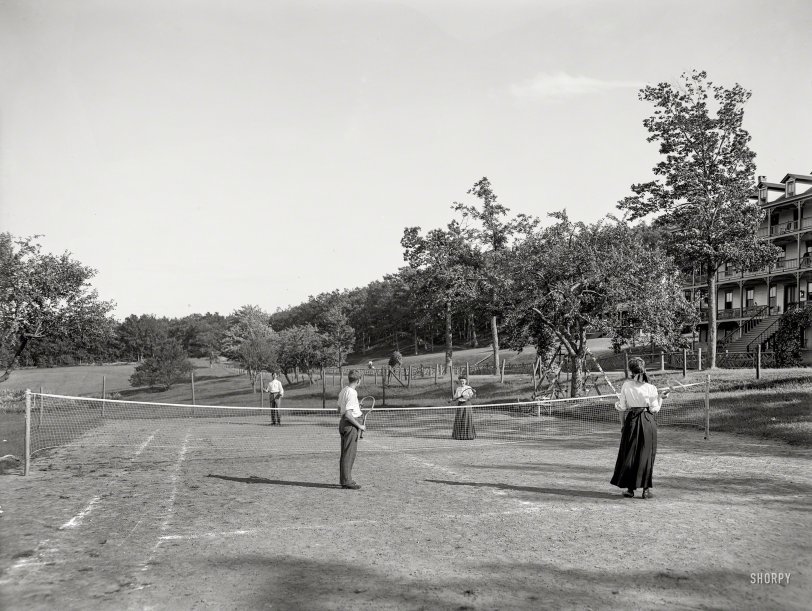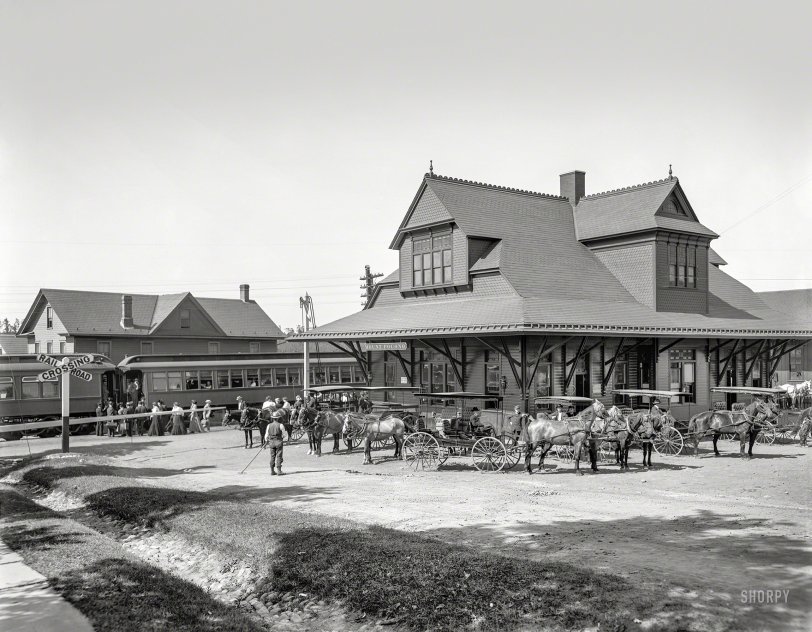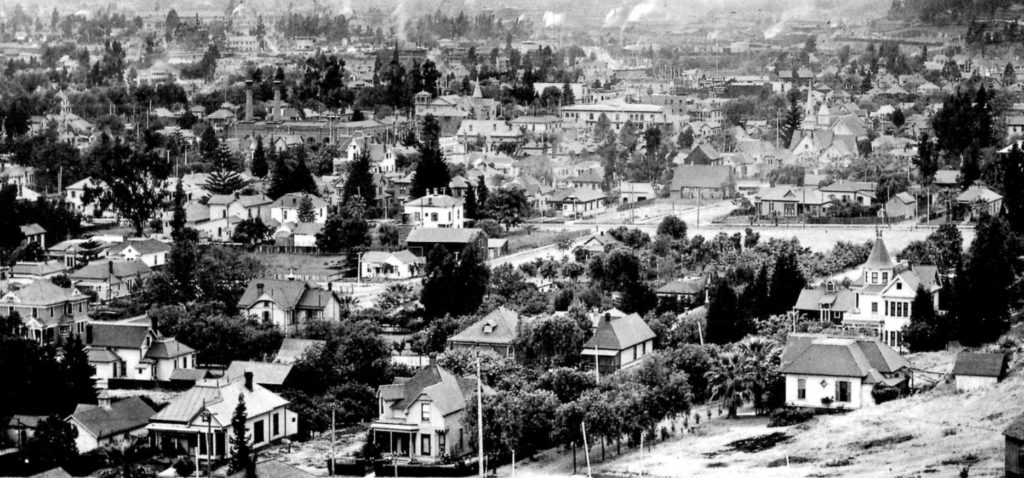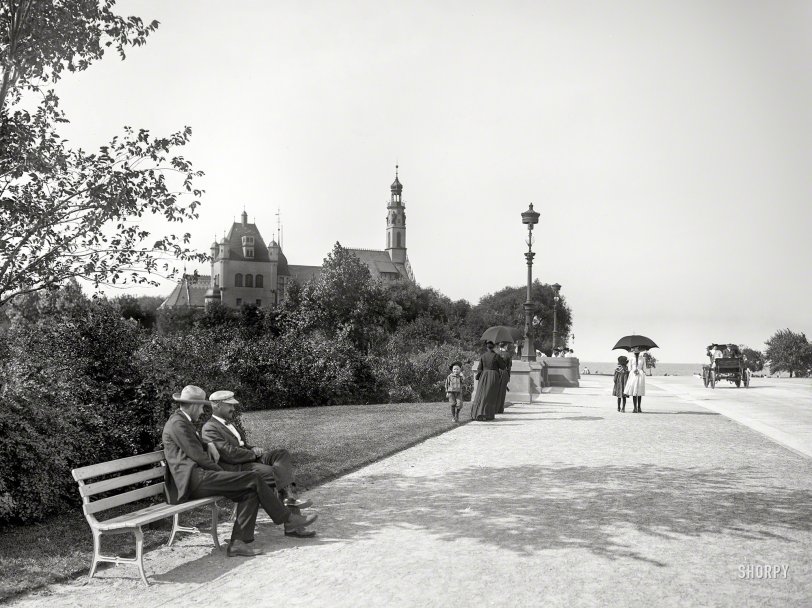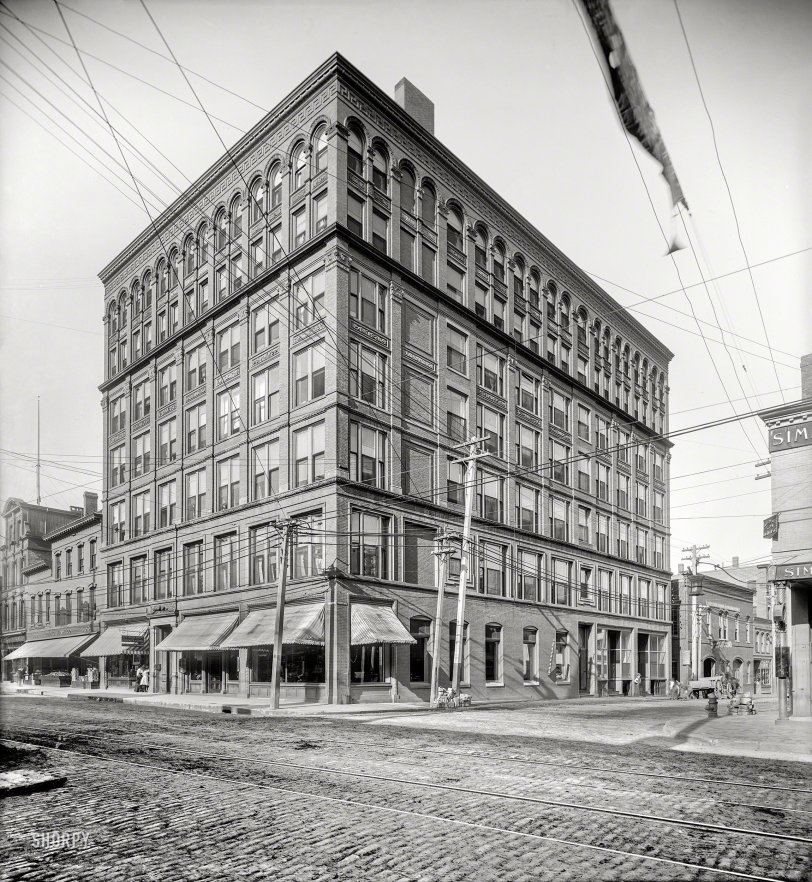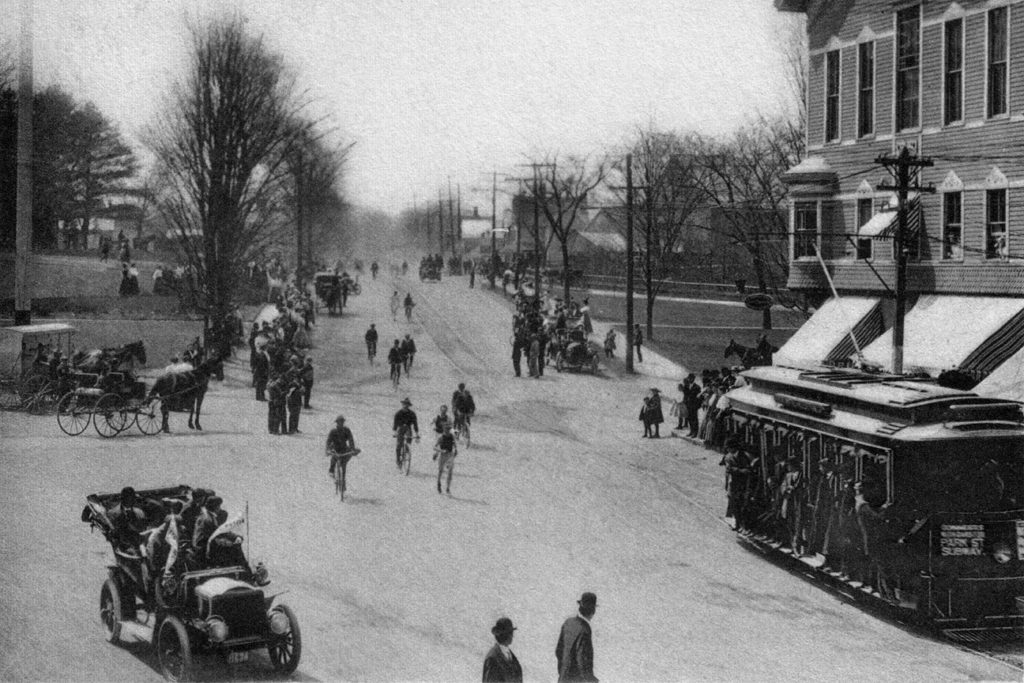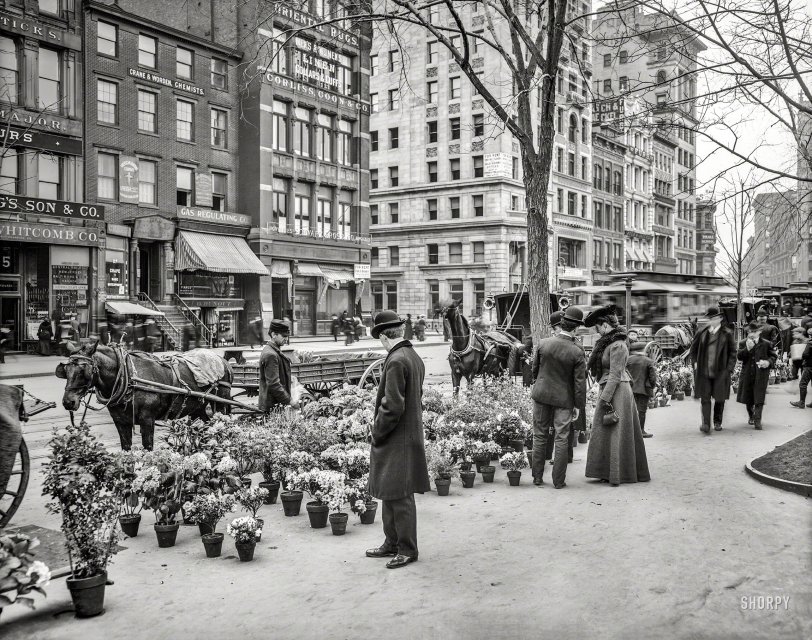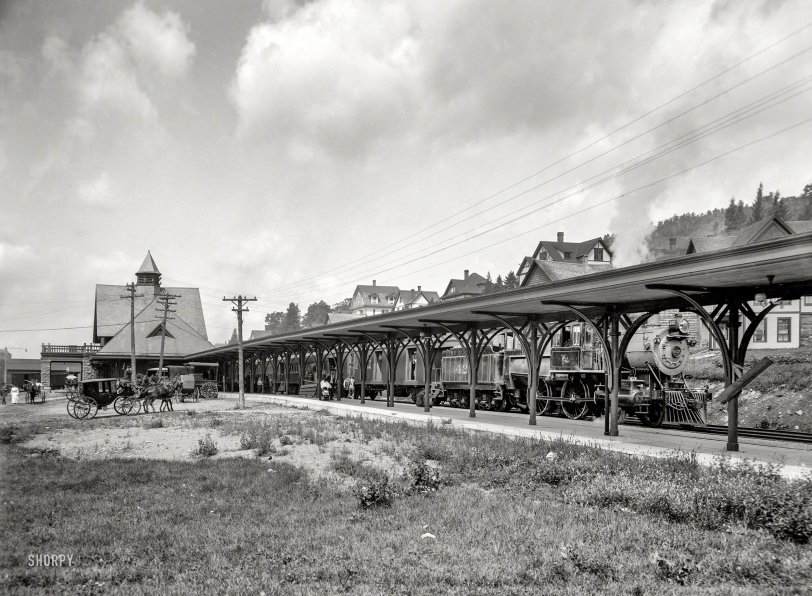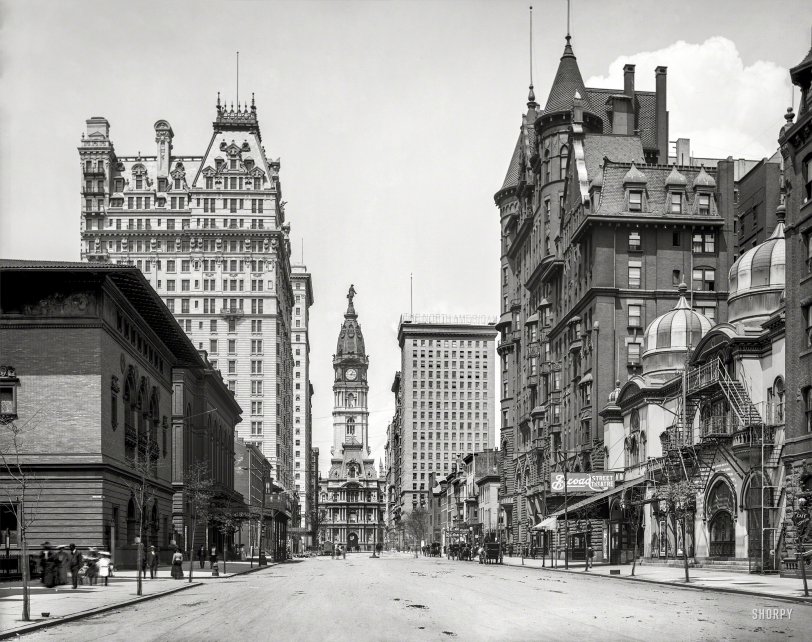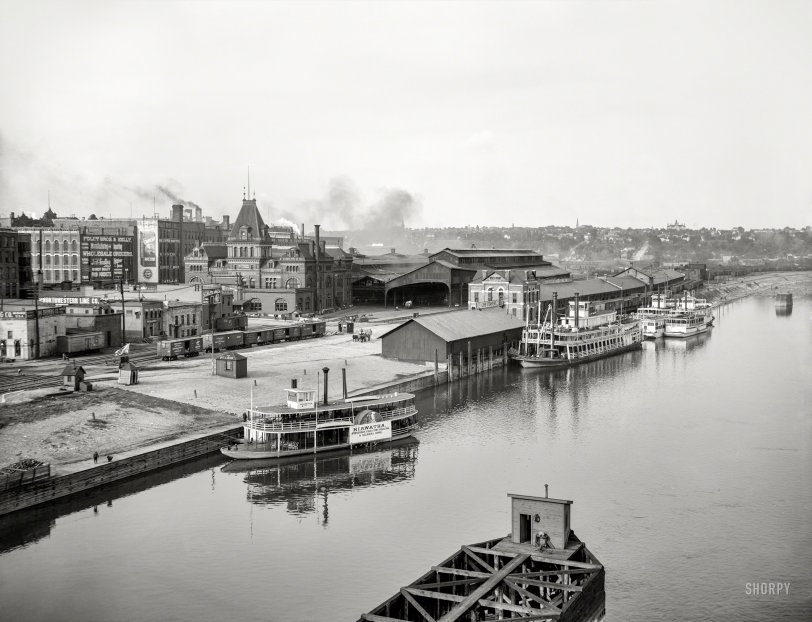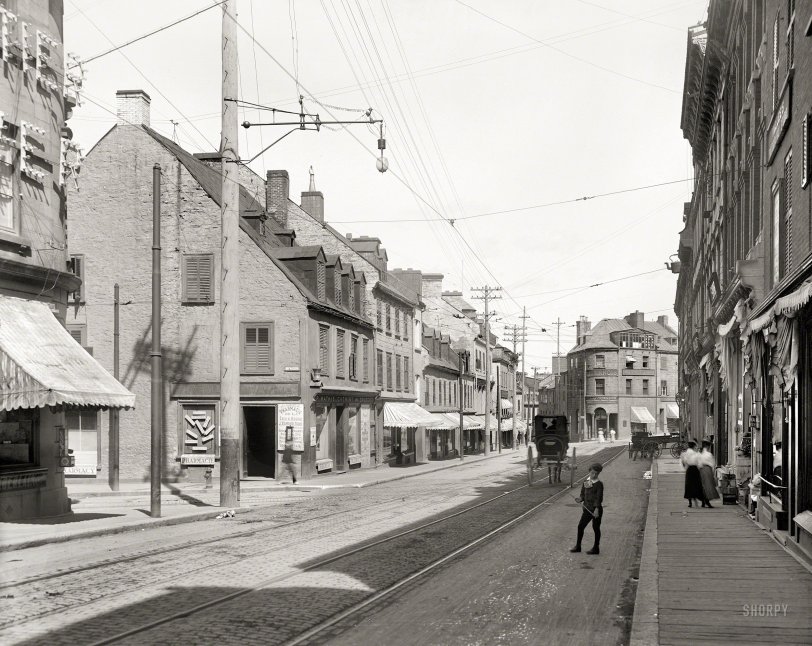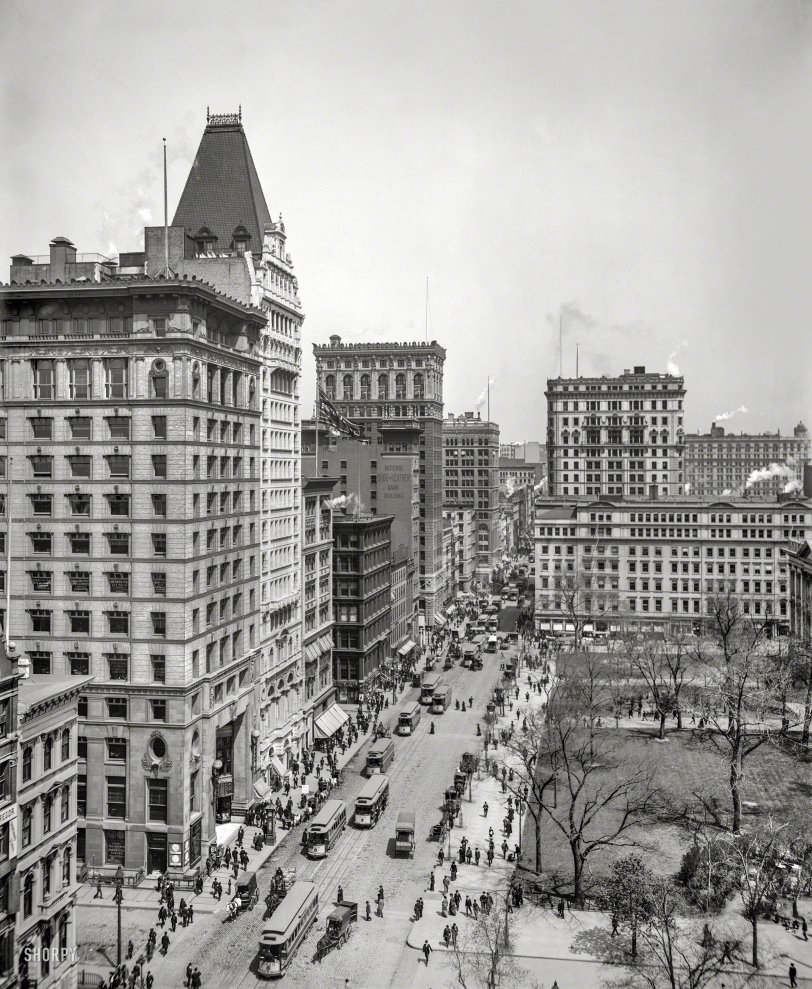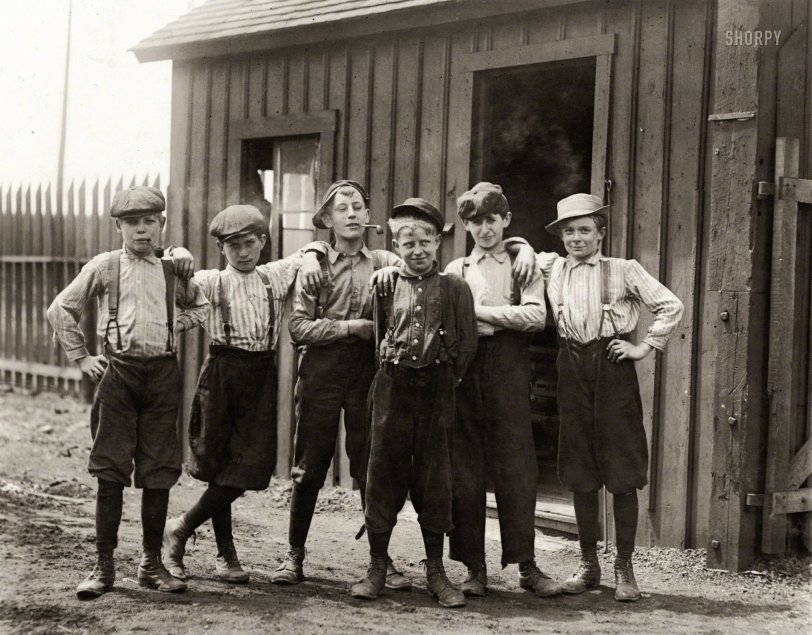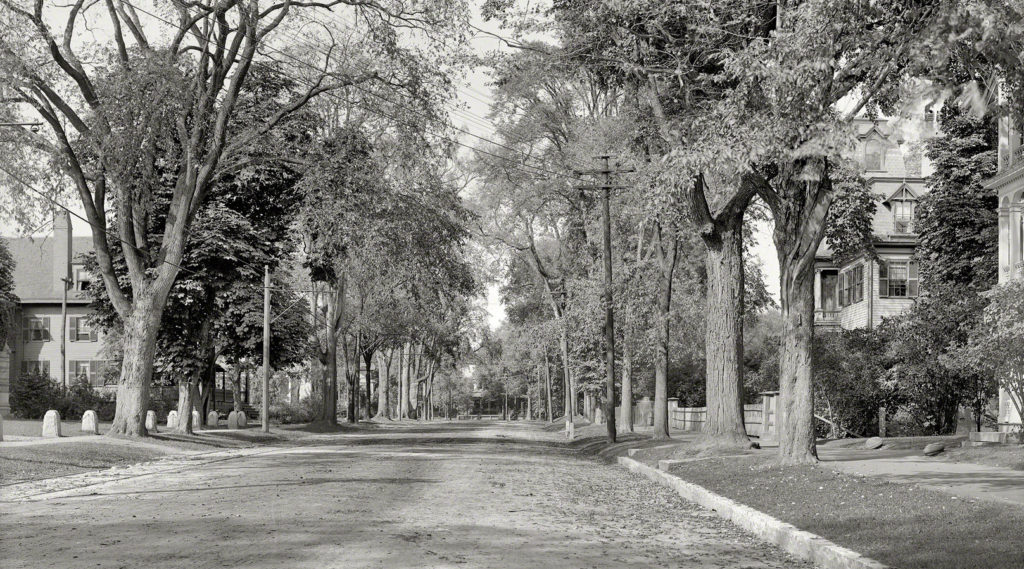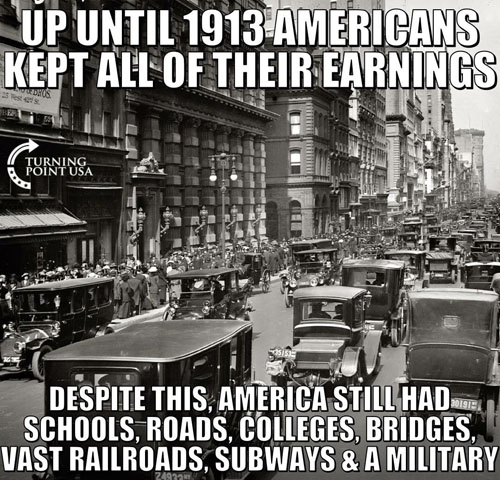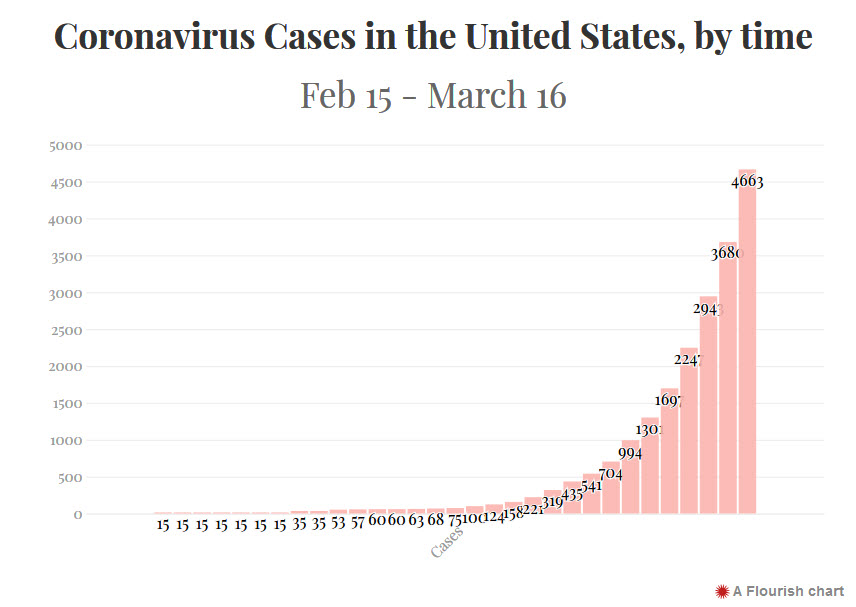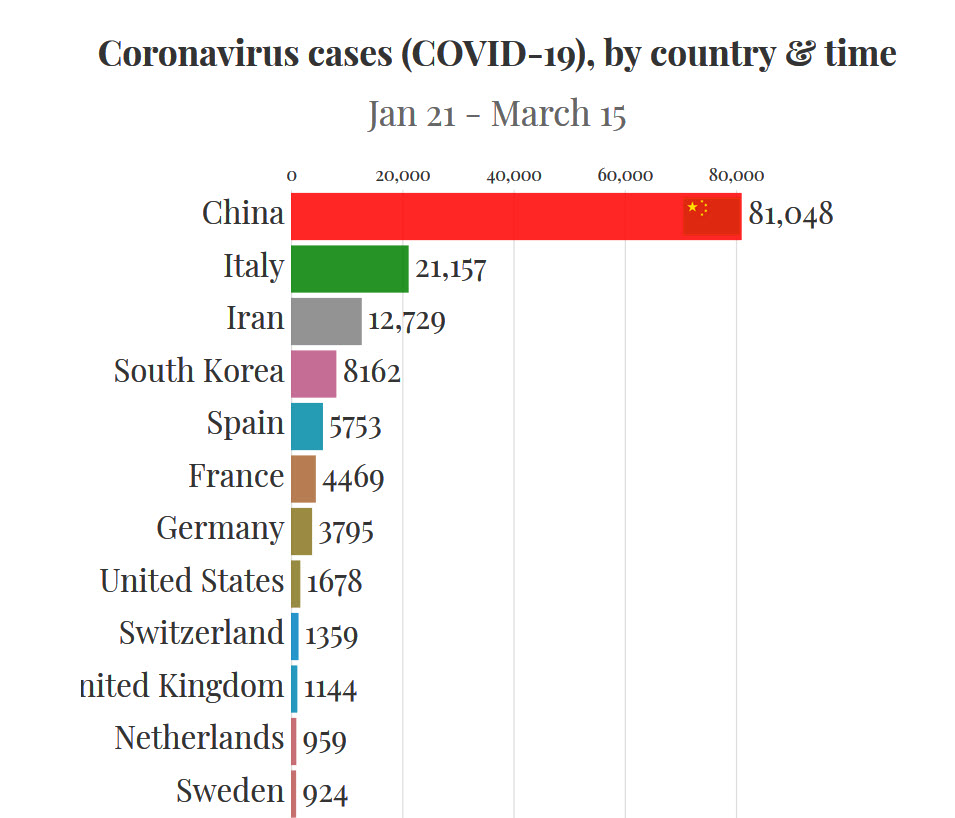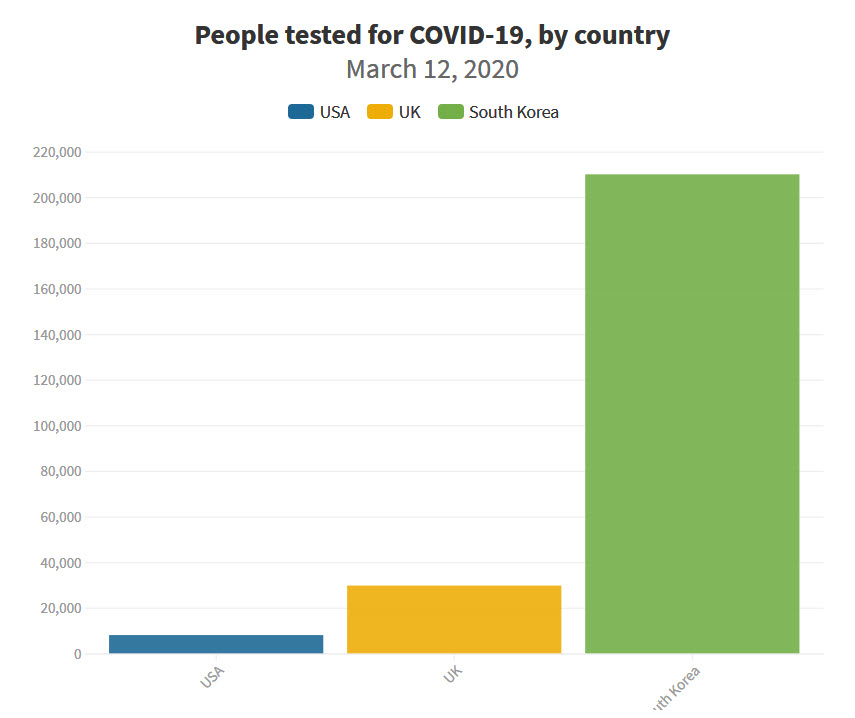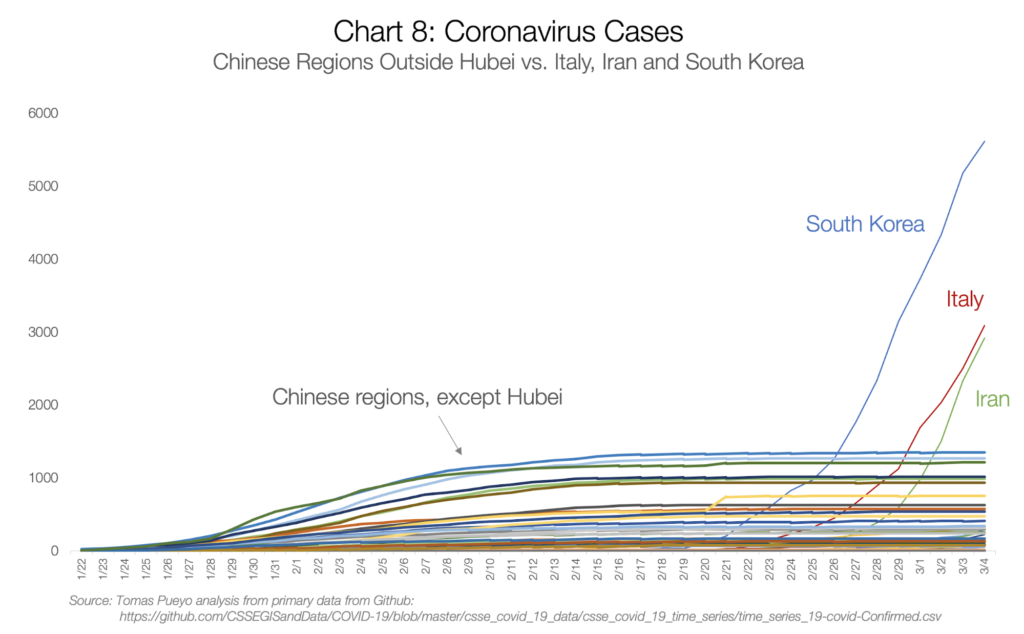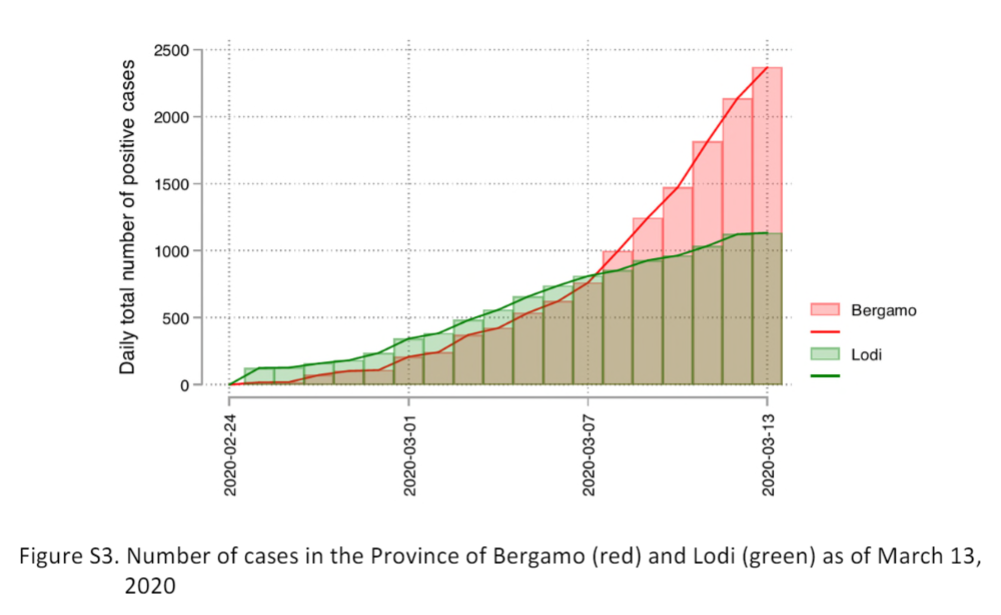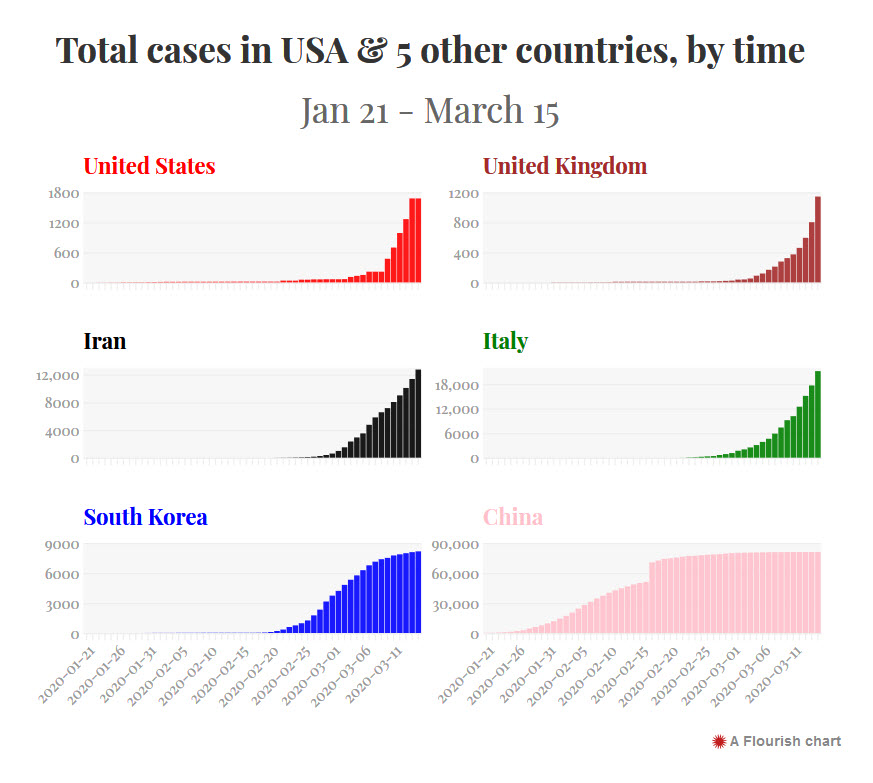We like to think that we are independent thinkers. We like to believe that we really know what is going on in the world. We know that the American government controls the press, and that the rich oligarchy controls the Big Government Deep State. And we think of everyone else that believes them as “sheeple”.
But perhaps, the government controls ALL of the media, both the left-wing and the right-wing.
And that perhaps you are being led to believe that you are thinking independently, when you are actually just following the programmed narrative that the PTB (the Powers That Be) desire.
I see this in the narratives that are almost always easy to categorize by political affiliation. It's become simplistic and frightening.
Here we discuss this mechanism.
The following is an article titled:”Social Media Is A Polarization Machine” by FMPadmin6120 written on December 31, 2019. It is edited to fit this venue, but aside from that left intact. All credit to the author; Paul Rosenberg at www.freemansperspective.com .
Social Media Is A Polarization Machine
Sure, we’ve all seen this in practice and people have developed catchy terms for it, like echo chamber, but the polarization effect of social media has been demonstrated scientifically. In fact, some of us were warning about it more than a decade ago. And while I can no longer find my original documentation on the subject, I can tell you precisely how it works.
The One-Room Phenomenon
What researchers discovered about twenty years ago was that putting people of the same opinion into a single room had a striking effect: The opinion in the room moved, inevitably, to the extreme. And this effect was the same no matter what the original opinion may have been.
So, then:
- If you put a bunch of right-wingers in a room, the shared opinion in the room will become stridently right-wing.
- If you put a bunch of left-wingers in a room, the shared opinion in the room will become stridently left-wing.
- If you put a bunch of save-the-planet advocates in a room, their opinion will become all the more adamantly save-the-planet.
- If you put in a bunch of the-planet-is-just-fine advocates, their opinion will become all the more adamantly the-planet-is-just-fine.
This happens because of human insecurity and status-seeking: Anyone taking a contrary opinion (advocating “right-wing” economics in the left-wing room, for example) is instantly branded as a traitor and suffers heavy shaming within the group.
Gaining social status in the closed room, however, is simple and obvious: You just adopt a stronger, more polarized, version of the original opinion.
Because of this, the opinion in a closed group becomes more and more severe. That is, it becomes increasingly polarized.
Yeah, They Know
Like I said at the open, if you’ve observed people at all, you’ve seen them polarized by Facebook. They climb into their groups, block discordant voices, and end up in a (partly) self-created echo chamber.
I say “partly” self-created because Facebook knows all too well what they’re doing. They want people who are emotionally tied to their groups. It’s called addiction, and it’s what makes Facebook rich.
Being polarized also makes people cold and cruel. Anyone who’s on the other side of what their group thinks is not just wrong, but evil. And whoever fails to agree with them is their opponent… an object of disgust.
In that condition, people will advocate all sorts of stupid and even abominable positions, assured that the members of their group will support them tooth and nail. It’s now common, after all, for such groups to lump ten million people together and slap a negative verdict on them all. If you’re the wrong skin color, or too old, or too young, or a dozen other things, you’re “privileged,” or “don’t get it,” or something else. That is, you are declared evil. After that, whoever hurts you is a hero.
This serves Facebook, you understand. Once your opinions are polarized, you are dependent on your group and you’ll be unable to leave.
This addiction is also crucial for political causes. Facebook provides hard believers: addicts with claims to righteousness. And that means that politicians need Facebook, and deeply. Politicians get ahead by making their opponents into monsters, after all, and social media may be the best tool ever for creating polar opposites. (Or at least the illusion thereof.)
The Awakening Has Begun
Little by little, people are waking up to the evils of group dynamics and the devolutionary effects they generate.
Twitter, in my opinion, is the least bad of the centralized social media platforms, and will hopefully be decentralizing at some point. They have, at least, a team working on that.
There are decentralized social media experiments coming along, and I hope they succeed, but the closed group problem will remain, even if it isn’t stoked to the limit by political and financial mercenaries((I was ready to write “whores,” rather than “mercenaries,” but I can’t equate sex workers, even metaphorically, with willful and purposeful abusers of mankind.)).
Thoughtful, observant and intelligent people are noticing that social media makes humans hateful, as well as lonely, insecure and miserable. I hope that knowledge spreads. I further hope that people will realize the past ten years of their life have been polluted by social media.
No, there’s nothing wrong with talking to friends and sharing ideas, but Facebook and other social media companies have weaponized this. They are intentionally abusing human instincts.
So, don’t get angry and hateful in response; just stop rewarding them. People who addict and polarize you are precisely the wrong ones to empower.
Social media is a polarization machine. Separating from it would be a very good idea.
**
If you’d like to learn more, see:
I do hope that you enjoyed this post. You can find more in my Happiness and Life index here…
Life & HappinessArticles & Links
You’ll not find any big banners or popups here talking about cookies and privacy notices. There are no ads on this site (aside from the hosting ads – a necessary evil). Functionally and fundamentally, I just don’t make money off of this blog. It is NOT monetized. Finally, I don’t track you because I just don’t care to.
To go to the MAIN Index;
Master Index.
- You can start reading the articles by going HERE.
- You can visit the Index Page HERE to explore by article subject.
- You can also ask the author some questions. You can go HERE .
- You can find out more about the author HERE.
- If you have concerns or complaints, you can go HERE.
- If you want to make a donation, you can go HERE.
Please kindly help me out in this effort. There is a lot of effort that goes into this disclosure. I could use all the financial support that anyone could provide. Thank you very much.
[wp_paypal_payment]

